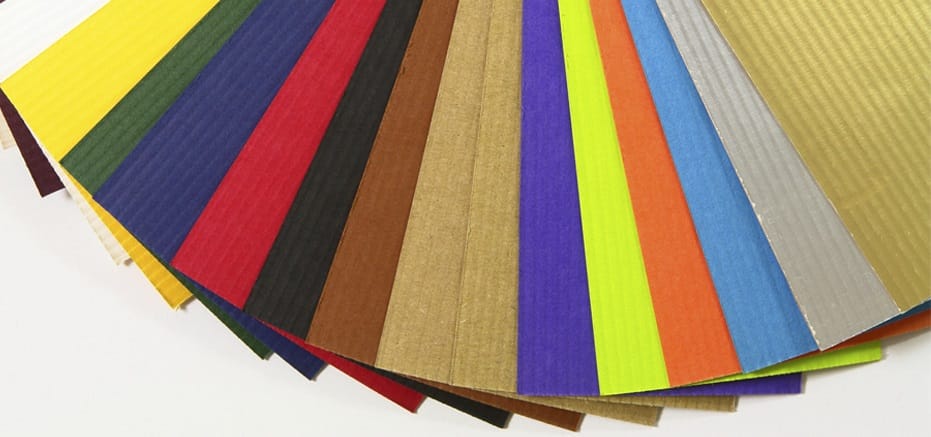Paper Based
Paper based materials are made by pressing moist cellulose fibers together to form sheets, and then drying the sheets. The most common source for the cellulose fibers used to make paper based materials is wood pulp. However flax, hemp, and cotton are also used. All types of paper based materials can be processed by laser cutting, engraving, and marking. Visit our Materials Suppliers List for vendors of paper based materials.
Types of Paper Based Materials
- Bond Paper
- Card Stock
- Cardboard
- Coated Paper
- Construction Paper
- Copy Paper
- Fish Paper
- Kraft Paper
- Matboard
- Rice Paper
- Silk Paper
- Synthetic Paper
- Vellum
Types of Laser Processes
Lasers are playing an ever expanding role in material processing, from new product development to high volume manufacturing. For all laser processes, the energy of a laser beam interacts with a material to transform it in some way. Each transformation (or laser process) is controlled by precisely regulating the wavelength, power, duty cycle and repetition rate of the laser beam. These laser processes include the following:All materials have unique characteristics that dictate how the laser beam interacts and consequently modifies the material. The most common processes for paper based materials are the following:
Laser Cutting of Paper Based Materials
The energy of a CO2 laser beam is easily absorbed by the cellulose fibers that comprise paper based materials. The laser beam heats the material directly in its path, causing it to vaporize. If the laser power is sufficiently high, the laser beam will cut completely through the material. Paper based materials vaporize quickly when cut with a laser, resulting in smooth edges with minimal discoloration.
Laser Engraving of Paper Based Materials
The power of the CO2 laser beam can be limited so that it removes (engraves) material to a specified depth. The laser engraving process can be used to create patterns and designs in the paper based material surface. Laser engraving can also be used to convey information.
Laser Marking of Paper Based Materials
Colored paper based materials can be laser marked using a CO2 laser beam. The energy of the laser beam is absorbed by the colored dye, causing it to decompose. This reveals the natural color of the paper based material, without substantial material removal. Laser marking can be used to create designs or to convey information.
Combined Processes
The laser cutting, engraving, and marking processes described above can be combined without having to move or re-fixture the paper based material.
General Paper Based Material Laser System Considerations
Platform Size – Must be large enough to hold the largest pieces of paper that will be laser processed or be equipped with Class 4 capability for processing larger pieces.
Wavelength – The 10.6 micron wavelength is absorbed well by all types of paper and is recommended for laser cutting, engraving, and marking.
Laser Power – Must be selected based on the processes that will be performed. 25 to 150 Watts (CO2 laser) is best for paper laser cutting engraving and marking.
Lens – A 2.0 lens is the best general process lens for paper laser material processing.
Exhaust – Must have sufficient flow to remove the gasses and particles that are generated during laser process from the paper laser cutting, engraving, and marking equipment.
Air Assist – Provides a jet of air near the focal point of the laser to help remove gasses and particles that are generated during paper based material laser engraving, cutting, and marking.
Environmental, Health and Safety Considerations for Paper Based Material Laser Processing
Laser-material interactions almost always create gaseous effluent and/or particles. The effluent from paper based material laser processing will include various volatile organic compounds (VOCs) and should be routed to an exterior environment. Alternatively it may be treated with a filtration system first and then routed to an exterior environment. Paper based material combustion is inherent to laser processing and may produce flames. Therefore paper based material laser processing should always be supervised.

